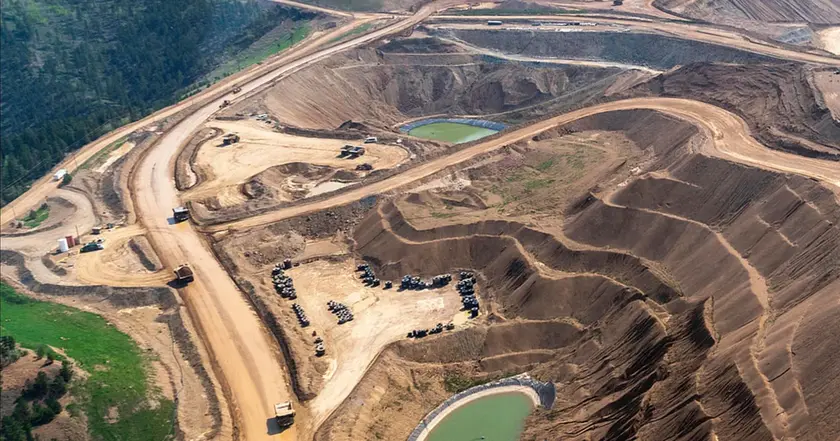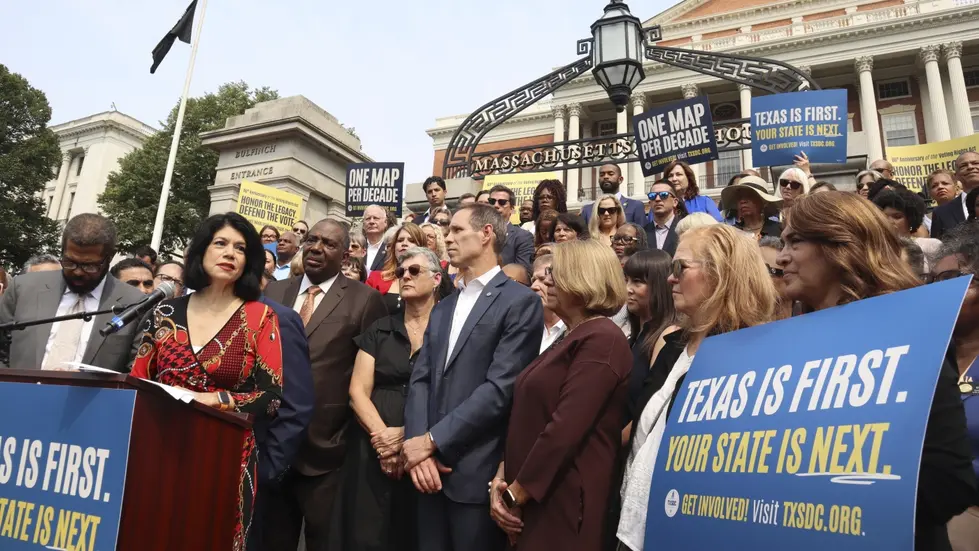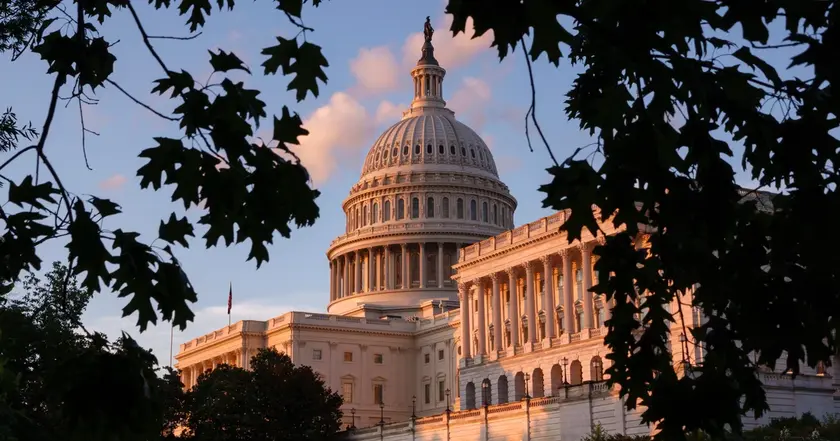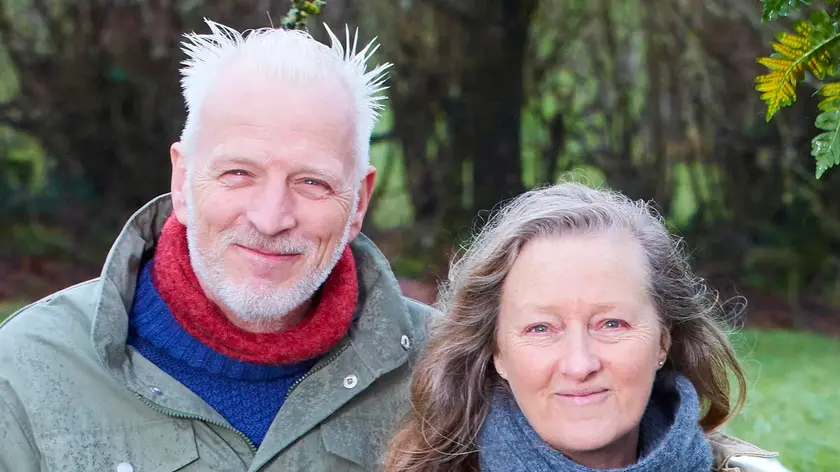T4K3.news
Black Hills mining plans draw scrutiny
New open pit and underground mine proposals could bring jobs but risk sacred sites and waterways.

Renewed interest in Black Hills gold mining promises economic gains while raising fears over sacred sites, water safety, and lasting landscape changes.
Gold rush tests Black Hills landscape and Lakota rights
A renewed push for gold mining in the Black Hills of southwest South Dakota has emerged as metal prices surge. One active mine operates in the region, and Dakota Gold has plans for an open pit to begin in 2029 near the old Homestake site, with additional underground plans proposed nearby. The company notes potential financial benefits, including a net present value between 1.6 and 2.1 billion dollars and up to 400 million dollars in taxes over the life of the project, along with as many as 250 local jobs. The projects involve land on private property and are subject to state rules rather than federal forest service regulations.
Opposition from Indigenous groups and environmental advocates centers on sacred sites, water quality, and the lasting impact on the landscape. Critics point to the use of cyanide and the risk of chemical leaks, drawing on the past problems at the Wharf mine and the historic Homestake operation, which left a barren site now used for research. Supporters argue mining has shaped the region and could bring needed revenue, jobs, and infrastructure while authorities promise environmental studies and safeguards.
Key Takeaways
"These impacts can be long term and make it so that tourism and outdoor recreation is negatively impacted."
Jarding warns about long term effects on tourism and outdoor activities.
"Most of the people that work here are from this area and just love to live here"
Henris defends local employment ties to the region.
"There's a central truth about mining in the Black Hills in that it was never the most mineral rich place there ever was"
Gunhammer argues about the region's mineral potential and expectations.
"each spill was thoroughly investigated, mitigated, and corrective actions are put in place to prevent reoccurrence"
McCauley describes company response to spills.
The Black Hills case highlights a classic clash between short term economic opportunity and long term cultural and environmental costs. The economic upside is clear but so is the risk of eroding a landscape that draws millions of tourists and holds deep meaning for the Lakota. Oversight differences between private land and federally regulated areas add a layer of complexity, raising questions about who bears responsibility for water safety and historic preservation. This debate tests how communities balance growth with heritage as policy, science, and public sentiment collide.
Highlights
- Gold changes markets, not the hills' story.
- Heritage is priceless even as profits rise.
- Rivers and roots demand more than quick gains.
- Jobs come with a cost that only time will reveal.
Mining plans raise risks to sacred sites and water in Black Hills
The article discusses potential environmental hazards, cultural impacts, and regulatory gaps linked to new mining projects in the Black Hills, prompting concerns about public reaction and political oversight.
The next phase of the Black Hills story tests how communities balance jobs with heritage.
Enjoyed this? Let your friends know!
Related News

Redistricting Fights Shape Eight States Ahead of 2026 Elections

Jenna Ortega faces scrutiny following industry backlash

Smollett charts comeback with Netflix doc and music release

Season opener shapes early momentum

Texas advances controversial redistricting plan

Former officer sentenced for murder of Black man

Memoir Controversy Roils Salt Path Fans

UK demands clarity on China’s embassy plans
